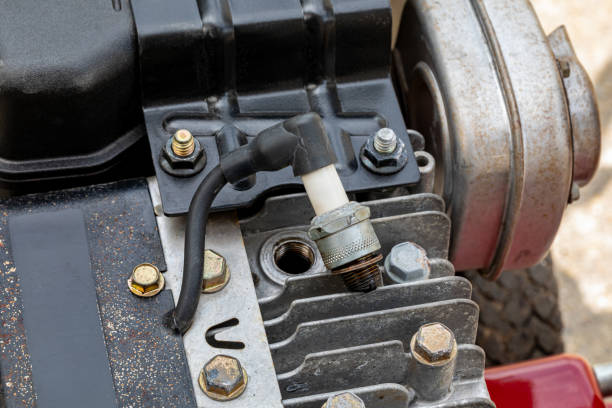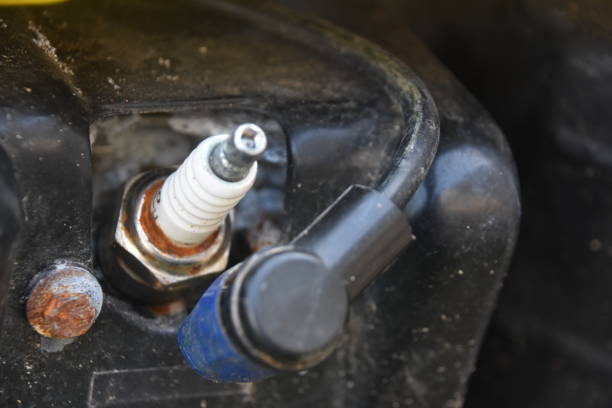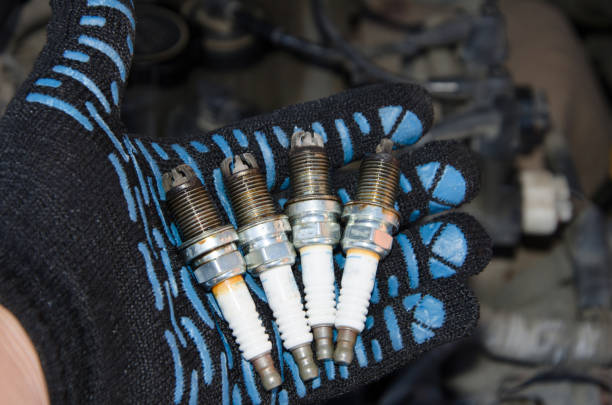Understanding Spark Plug Boots: Importance, Function, and Maintenance
Introduction
Spark plug boots are critical components in a vehicle’s ignition system. They play a crucial role in ensuring that the electrical spark generated by the ignition coil is delivered efficiently to the spark plug, which ignites the air-fuel mixture in the engine’s combustion chamber. This article will explore the significance of spark plug boots, their functions, common issues, and tips for maintenance and replacement.
What is a Spark Plug Boot?
A spark plug boot is a rubber or silicone covering that fits over the spark plug and the ignition wire or coil. It is designed to insulate and protect the high-voltage electrical current that travels from the ignition coil to the spark plug. The boot ensures that the electrical energy is directed precisely to the spark plug, where it can create the necessary spark to ignite the engine.
The Function of Spark Plug Boots

- Electrical Insulation: The primary function of the spark plug boot is to provide electrical insulation. It prevents the high voltage from leaking out and ensures that the current flows efficiently from the ignition coil to the spark plug.
- Protection from Environmental Factors: Spark plug boots protect the ignition system from various environmental factors such as moisture, dirt, and heat. They help prevent electrical shorts and corrosion that could affect the performance of the ignition system.
- Vibration Absorption: Engines experience a significant amount of vibration. Spark plug boots help absorb these vibrations, ensuring that the connection between the spark plug and the ignition system remains secure and stable.
Common Issues with Spark Plug Boots
- Cracks and Tears: Over time, spark plug boots can develop cracks or tears due to heat exposure and wear. These damages can lead to electrical leaks, misfires, or engine performance issues.
- Moisture Damage: If the boot is not properly sealed, moisture can enter and cause corrosion on the spark plug or ignition components. This can lead to misfires and hard starting.
- Electrical Shortages: Worn-out or damaged spark plug boots can cause electrical shortages or erratic engine behavior. This can result in a decrease in engine performance, fuel efficiency, and overall reliability.
Signs of a Faulty Spark Plug Boot

- Engine Misfires: A common symptom of a faulty spark plug boot is engine misfires. If the boot is damaged or worn, it may not deliver the spark correctly, causing the engine to misfire or run unevenly.
- Hard Starting: Difficulty starting the engine, especially in damp conditions, can indicate a problem with the spark plug boot. Moisture can affect the boot’s ability to transmit the spark effectively.
- Decreased Engine Performance: A drop in engine performance, such as reduced power or acceleration, can be a sign of a failing spark plug boot. The engine may struggle to maintain smooth operation if the spark plug is not firing properly.
- Check Engine Light: In some cases, a faulty spark plug boot can trigger the check engine light. This is often due to the engine’s inability to achieve the proper combustion cycle.
Maintaining Spark Plug Boots

- Regular Inspections: Periodically check the condition of the spark plug boots during routine maintenance. Look for any signs of wear, cracks, or damage. Replace any boots that show signs of deterioration.
- Keep It Clean: Ensure that the spark plug boots and surrounding areas are clean and free from debris. Dirt and grime can affect the performance of the boot and the ignition system.
- Check for Proper Fit: Ensure that the spark plug boots fit securely over the spark plugs and ignition wires. A loose connection can lead to misfires and engine performance issues.
- Avoid Overheating: Be mindful of engine temperatures and avoid overheating the engine, as excessive heat can damage spark plug boots. Ensure proper cooling and ventilation to prevent overheating.
- Use Quality Parts: When replacing spark plug boots, use high-quality parts that match the specifications of your vehicle. High-quality boots will offer better insulation and durability.
Replacing Spark Plug Boots
- Preparation: Before replacing spark plug boots, ensure the engine is cool and disconnected from the battery. This prevents electrical shock and allows for safe handling.
- Remove Old Boots: Gently pull off the old spark plug boots from the spark plugs and ignition wires. Be careful not to damage the spark plugs or wires during removal.
- Inspect Spark Plugs: While replacing the boots, inspect the spark plugs for any signs of wear or damage. Replace any worn-out spark plugs as needed.
- Install New Boots: Slide the new spark plug boots onto the spark plugs and ignition wires. Ensure they fit securely and are properly seated.
- Test the Engine: After installation, start the engine and check for smooth operation. Listen for any unusual sounds or misfires, and verify that the engine runs efficiently.
Conclusion
Spark plug boots may seem like a small component, but they play a vital role in the proper functioning of your vehicle’s ignition system. Understanding their function, recognizing signs of damage, and performing regular maintenance can help ensure optimal engine performance and reliability. By staying proactive with inspections and replacements, you can prevent potential issues and keep your vehicle running smoothly.




